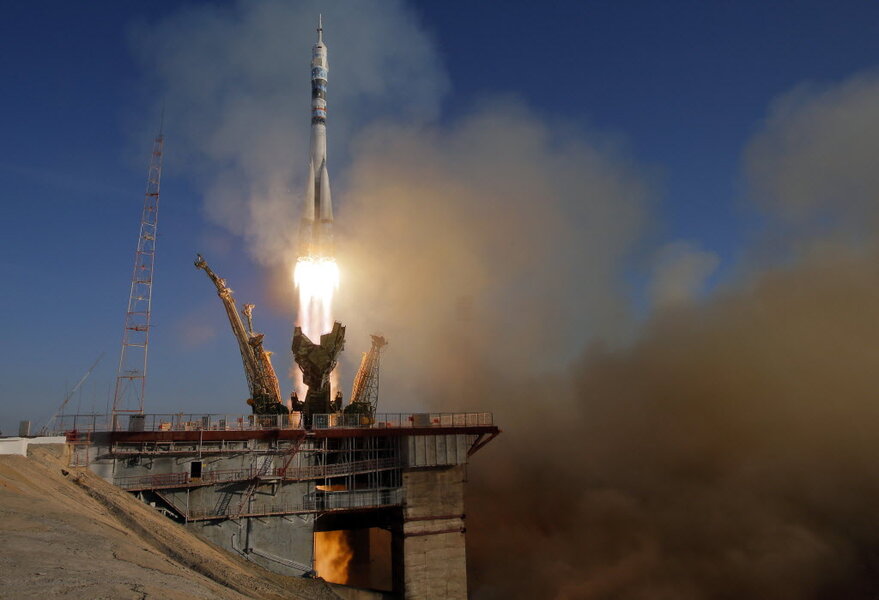International Space Station celebrates 15th birthday
Loading...
On Nov. 20, 1998, at dawn, the Russian Space Agency launched a rocket from Kazakhstan. With that rocket, up into space went a module called Zarya, meaning “dawn.” It was the beginning of the International Space Station, the world’s shared laboratory in the cosmos. And, today, it celebrates 15 years in the skies.
Zarya, this first piece of what was to a celestial hub, orbited the Earth alone for two weeks. It did so until Dec. 6, 1998, when six American and Russian astronauts arrived via the space shuttle Endeavour to chase the 44,000-lb. module, worth $240 million in NASA funding, around the Earth, extend the shuttle’s 50-foot arm, and tug the module close. This all happened some 250 miles above the planet.
That month, the team attached Zarya to the 26,225-lb American module, “Unity,” built with $300 million from NASA. Zarya would be the station’s power source, Unity its first add-on. The team boarded the fledgling station, for the first time, at 2:54 P.M. EST on Dec. 11, 1998.
''We just can't wait to see the outcome of what we started,” Marine Col. Robert D. Cabana, Endeavour's commander, said at the time. ''I just see us in the embryonic stage of this. It's just a small beginning, and it's only going to grow.''
It would take 163 more flights to bring the space station to its current heft: 924,739 lbs. It now has 14 modules, and it will get more poundage soon, when Russia’s Nauka Multipurpose Laboratory Module docks on the Earth-facing port of the station’s Zvezda module (a 42,600-lb. Russian contribution, added in 2000).
The ISS has traveled over 2,286,148,882 miles, or the equivalent of traveling from Earth to Mars, and back, about 33 times. It has had over 204 unique visitors from 15 nations. It has 13,696 cubic feet of habitable space, including a gym and two bathrooms. NASA has compared it to a six-bedroom house.
It has also hosted some 1,500 scientific research projects from scientists from 69 countries, each of them designed to better understand Earth, the cosmos in which our planet has a bit part, and, of course, ourselves.
“The ISS is the engineering test bed that enables us to prove the systems we need and deal with the crew health issues that must be solved for us to actually go beyond Earth for extended periods of time, when we eventually go to Mars and beyond,” said Bob Cabana, Kennedy Space Center Director, in a NASA statement.
“It has provided us the framework for how we will move forward as we explore beyond our home planet, not as explorers from any one country, but as explorers from planet Earth,” he said.
The ISS is at the moment home to the six crew members of Expedition 38: NASA astronauts Rick Mastracchio and Michael Hopkins; Japanese astronaut Koichi Wakata; and Russian astronauts Oleg Kotov, Mikhail Tyurin, and Sergey Ryazanskiy.








